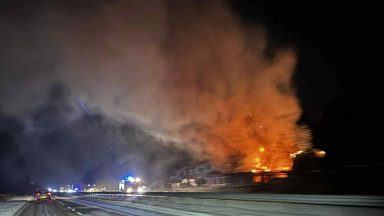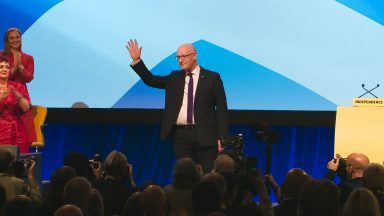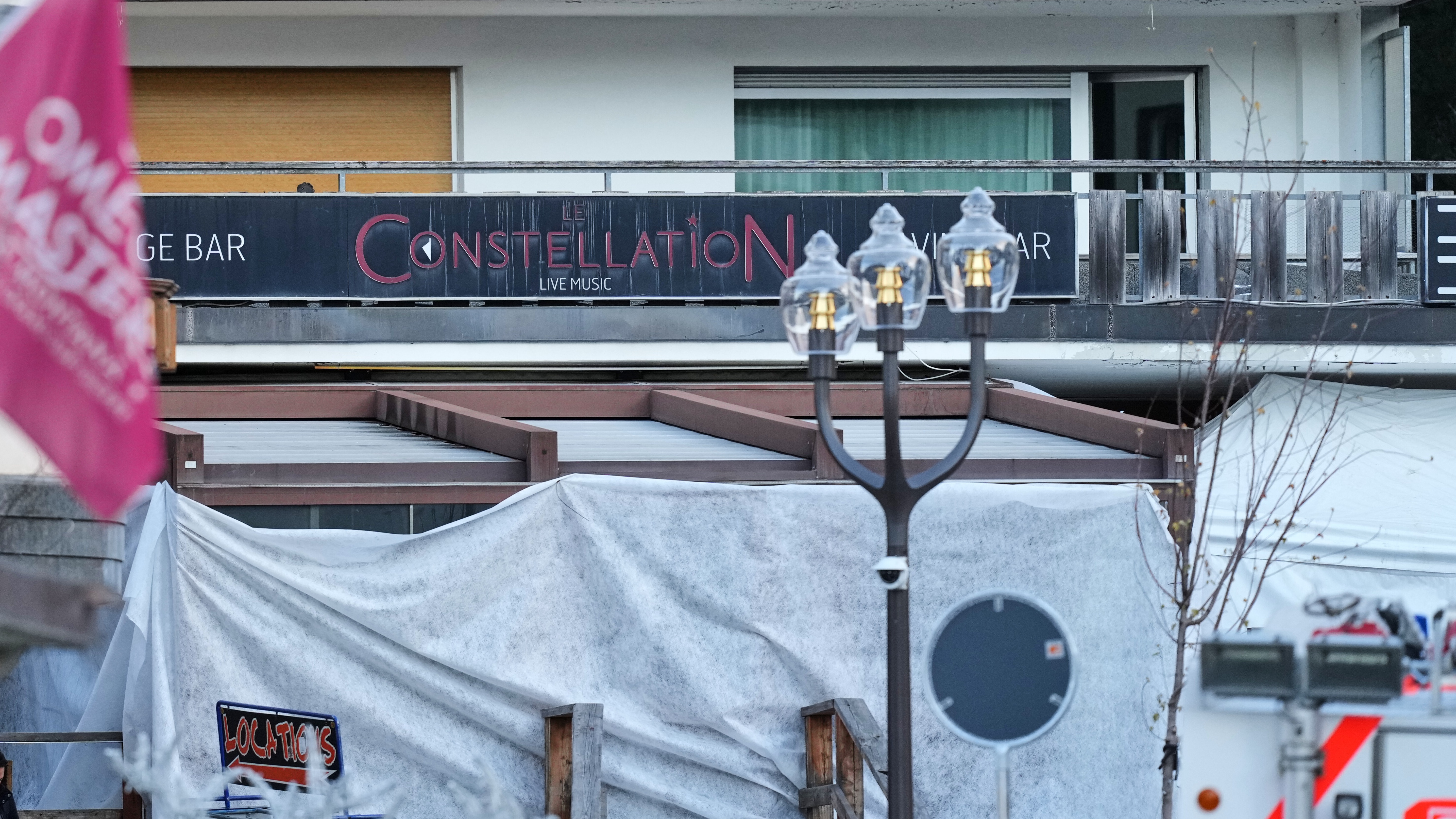A new exhibition exploring the contribution black artists have made to Scotland’s culture has opened in Glasgow.
AfroScots: Revisiting the Work of Black Artists in Scotland through New Collecting has been created in response to the “whiteness” of existing Scottish art history narratives and is on display at the city’s Gallery of Modern Art (GoMA).
It brings together post-1960s art which draws on conversations around race, empire, independence and post-colonial legacies.
Curators said while many of the featured artists would not necessarily identify with “AfroScots”, people of African and black-Caribbean descent in Scotland, the term has been used as a loose title for the collection of artwork on display.
The exhibition includes the work of Barbadian-Scottish film director Alberta Whittle, who lives and works between Glasgow and Barbados; Maud Sulter (1960–2008), an award-winning artist and writer of Scottish and Ghanaian heritage who lived and worked in the UK; and Glasgow-based artist and DJ Matthew Arthur Williams, who has self-published a number of artist books and whose work was displayed at Edinburgh Art Festival last year.
Also featured in the display are: Donald Locke (1930-2010), a Guyanese-born artist and sculptor whose art is included in various collections, including the Victoria and Albert Museum in London; Aubrey Williams, a Guyanese-born artist who travelled to Britain in 1952 to study painting and was also a founding member of the Caribbean Arts Movement in the 1960s; artist and researcher Lisandro Suriel, whose project Ghost Island explores the identity of slave descendants who traversed The Middle Passage during the Trans-Atlantic Slave Trade; and Ajamu, whose work centres on his sexuality and explores the stories of those in the LGTBQ+ community, particularly black men.
Glasgow Life, which runs GoMA, has worked on the display with a curatorial group called Mother Tongue since 2018.
Mother Tongue’s founders, Tiffany Boyle and Jessica Carden, initially proposed the idea to compile a chronology of black-Scottish artists from the 1860s onwards who lived, studied, travelled and exhibited in this country.
The acquisitions, spanning 1963 to 2019, have been supported by Art Fund, the national fundraising charity for art, with Professor Lubaina Himid as mentor.
They are displayed alongside a new Art Fund-backed commission from Barby Asante, a London-based artist, curator and occasional DJ whose work draws on the histories and legacies of colonialism.
Jenny Waldman, Art Fund director, said the fundraising group is “delighted” to support the new acquisitions for GoMA, adding: “This exhibition brings together an important group of works by black-Scottish artists working from the 1960s until today, shining a light on their significant contribution to the country’s cultural landscape.”
Katie Bruce, of GoMA, said the exhibited artwork has “amplified the work” of black artists in Glasgow Life Museums’ collection.
She added: “It is also exciting that the commission with Barby Asante, which we have been trying to realise since 2017, is being premièred here within the context of this exhibition alongside work of her peers that I have had the pleasure of bringing into the collection.
“I am also grateful to all the artists, artist estates, collaborators, colleagues, Art Fund and particularly Mother Tongue who have made AfroScots possible, despite the pandemic.”
A spokesperson for Mother Tongue said: “The archival and collection-based research that preceded this project largely took us to research materials based, even displaced, outwith Scotland.
“A big part of this project was seeking to bring the AfroScots artists, their work and life stories together, and to give them a local, accessible home for future audiences, arts practitioners and researchers.”
The exhibition, which is now open to the public, is housed in the main gallery at GoMA.
Follow STV News on WhatsApp
Scan the QR code on your mobile device for all the latest news from around the country


 PA Media
PA Media


























